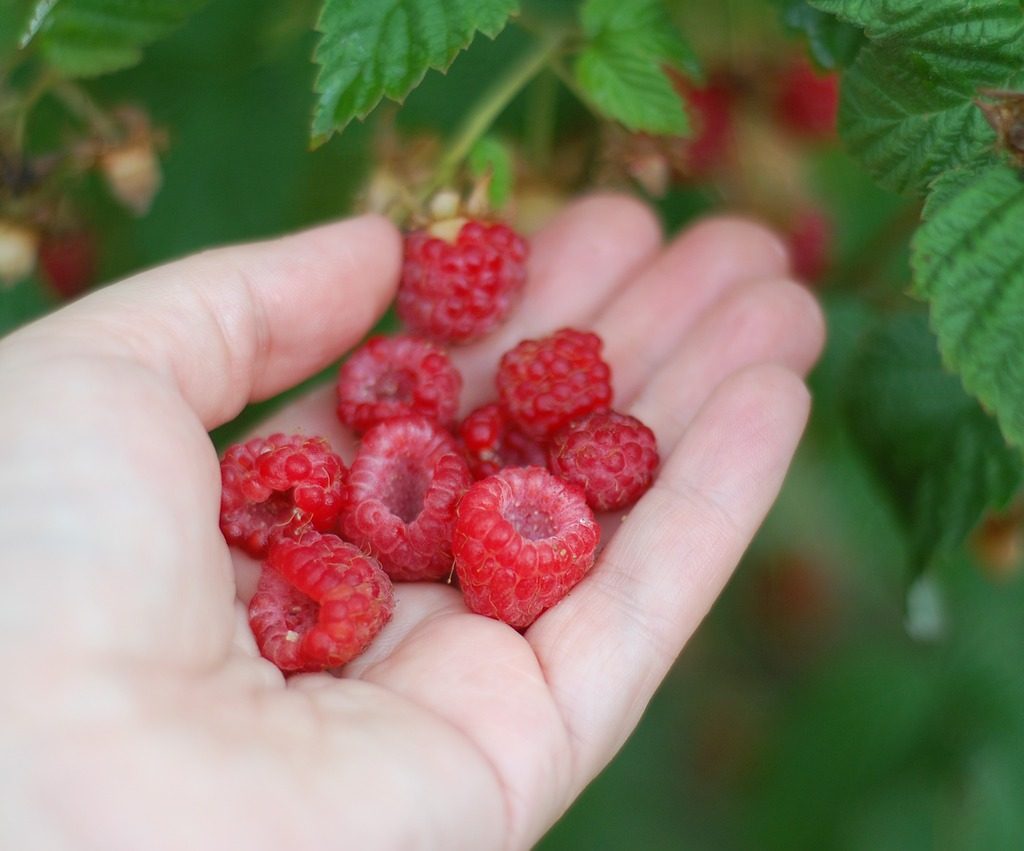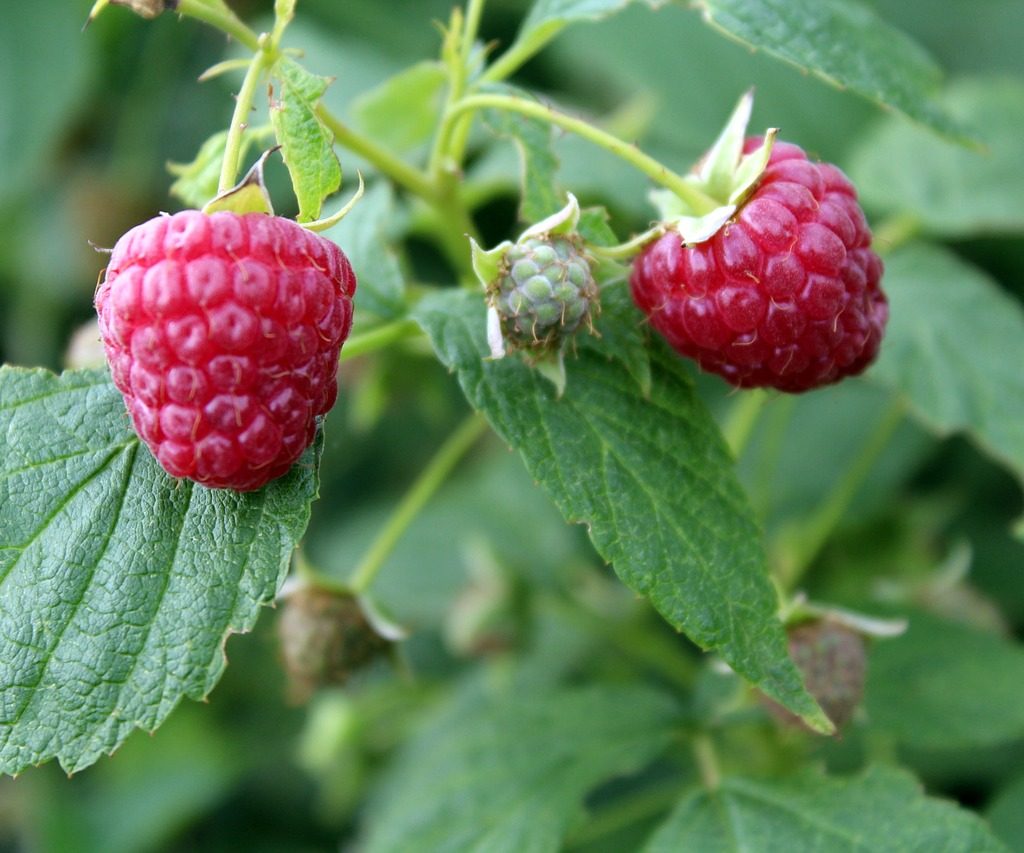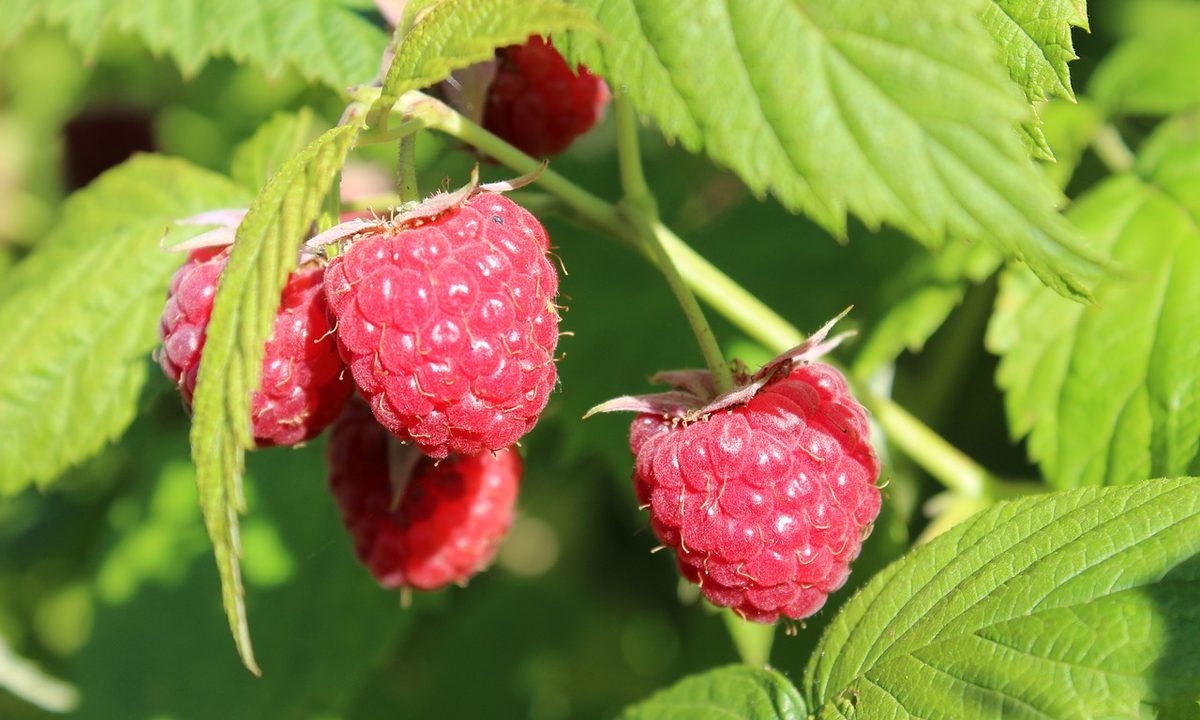Garden fresh fruit and sun-warmed berries are a delicious treat, but what happens when your plant gets out of control? Instead of tasty treats, you could end up with a headache.
Raspberry bushes are one of the plants that are likely to grow wild or become uncontrollable, making harvest time a hassle. If you want fresh raspberries without their vines taking over your garden, follow these tips to keep them in check.

What causes raspberry bushes to spread?
Raspberry plants spread naturally as a form of propagation. New raspberry canes sprout up, connected to the first plant underground. If left to grow, these new canes will begin producing more new canes of their own, and so on.
This spread is normal and healthy for the plant, and they can struggle to thrive if they aren’t allowed to spread at all. Controlling that spread isn’t harmful to the plant, though, and in many cases, it’s even necessary for your garden to thrive.
There are also factors that can cause your raspberry bushes to spread more quickly. The main factor that increases spread is a lack of resources. If the main raspberry plant isn’t getting enough water, light, or nutrients, it may spread more quickly in an effort to find what it’s missing. Proper raspberry bush care helps mitigate this.

How to control their spread
To keep your raspberry bushes under control, follow these steps:
Step 1: Make sure your plant has what it needs where it's planted.
Regular watering and the addition of compost or fertilizer is the easiest way to do this.
Step 2: Prune excess canes by cutting them with pruning shears as close to the ground as possible.
You can even cut down small canes with a lawn mower.
Step 3: Place a physical barrier to stop the bushes from growing where they shouldn’t.
Keep in mind that raspberries spread underground, so the barrier needs to extend underground. It can be any material, but make sure it's environmentally safe.

Can you grow raspberries in a container?
Plants in containers are generally easier to control, since they have less room to spread. Raspberries are no different, but you’ll still need to care for them properly. Here’s what to do:
Step 1: Use a large pot to ensure your plant has some room to grow.
A 5-gallon bucket with drainage holes works well, but anything that's 24 to 36 inches wide and deep with drainage holes will work.
Step 2: Place the container in full sun.
Step 3: Water deeply and regularly.
Step 4: Protect your potted raspberry plant in the winter by applying an extra layer of mulch.
Step 5: Move the raspberry plant to a sheltered, unheated, indoor area in the winter to allow the plant to go dormant.
Step 6: Decrease watering during the winter, but don’t stop entirely.
Raspberries are delicate fruits that grow on stubborn plants. Controlling the spread of raspberry bushes can be frustrating, but these tips and tricks will make it easier to deal with. Now you’re prepared to grow your raspberries and can enjoy them as a sweet and tart treat or addition to a meal.



